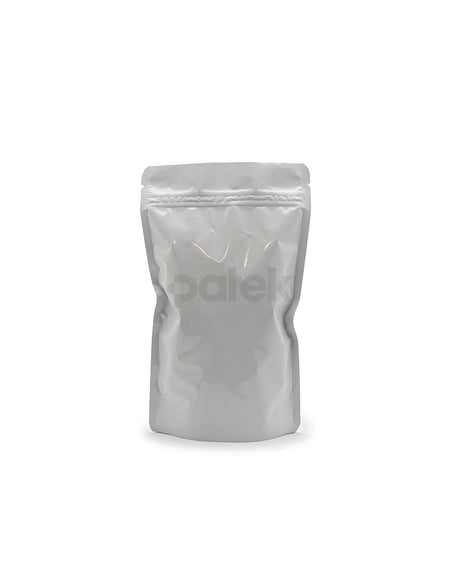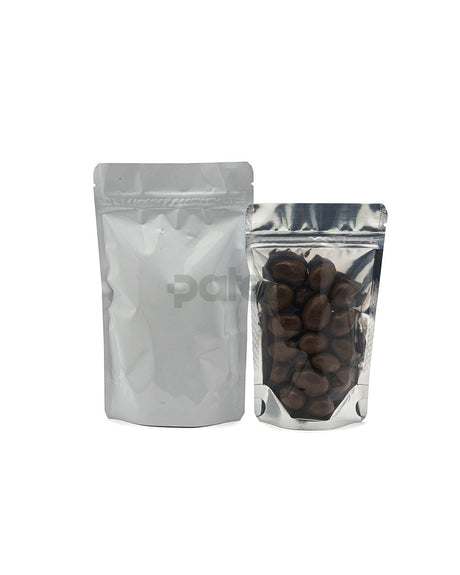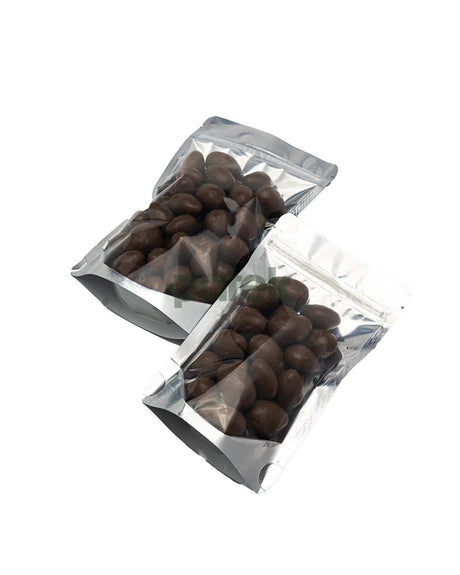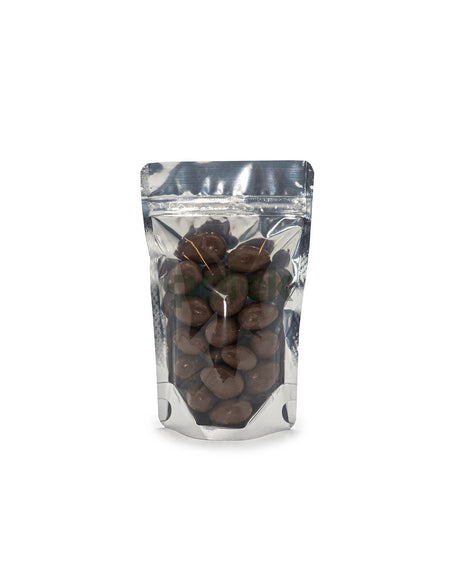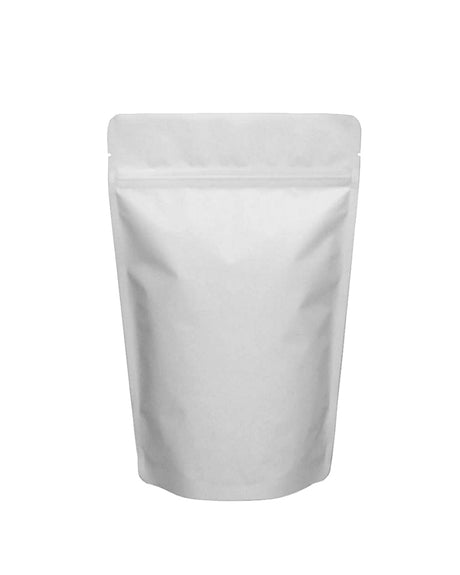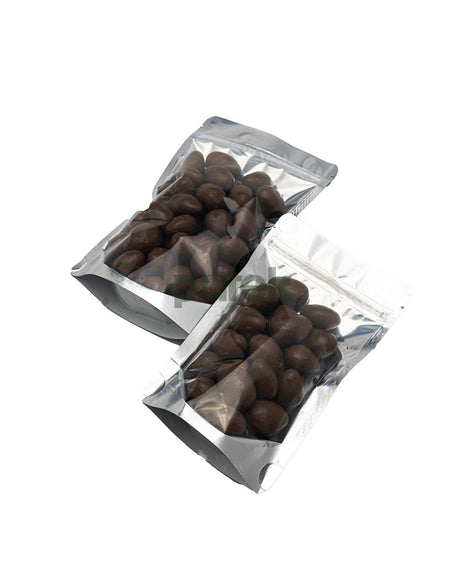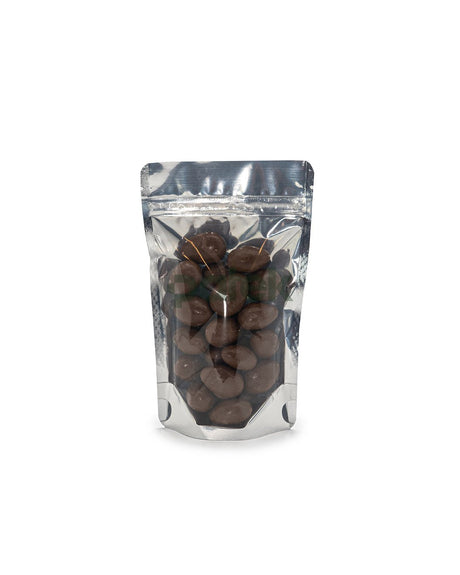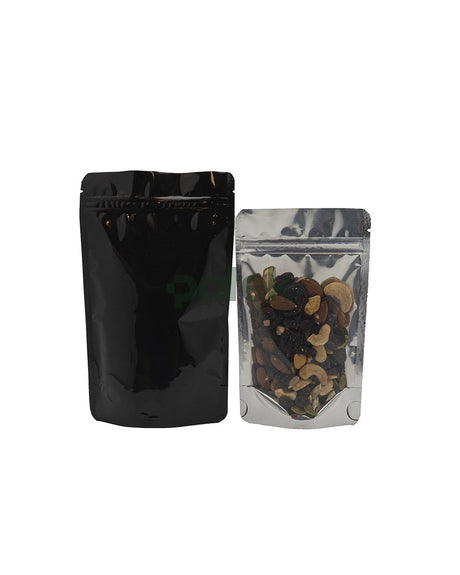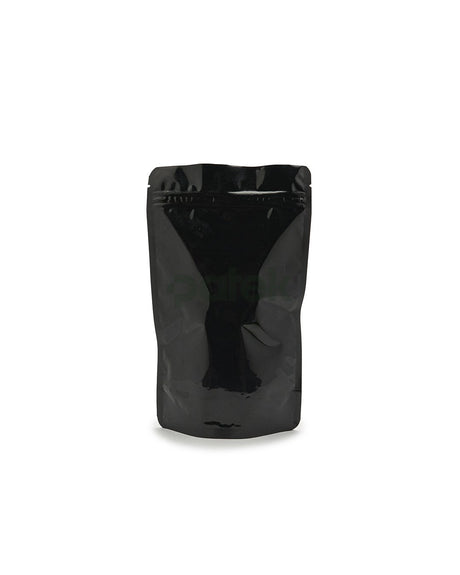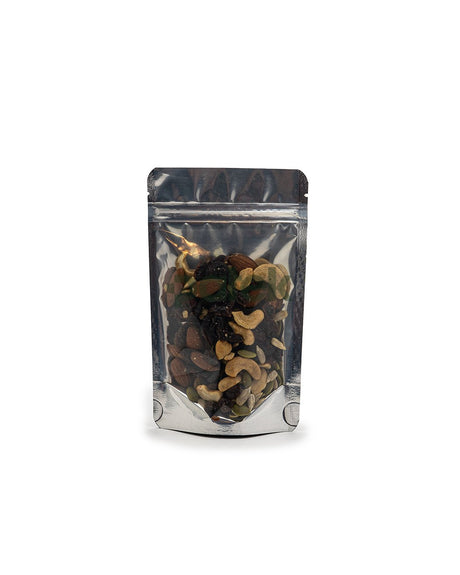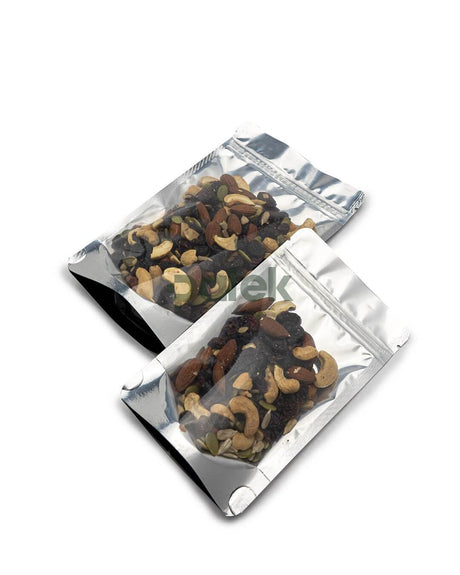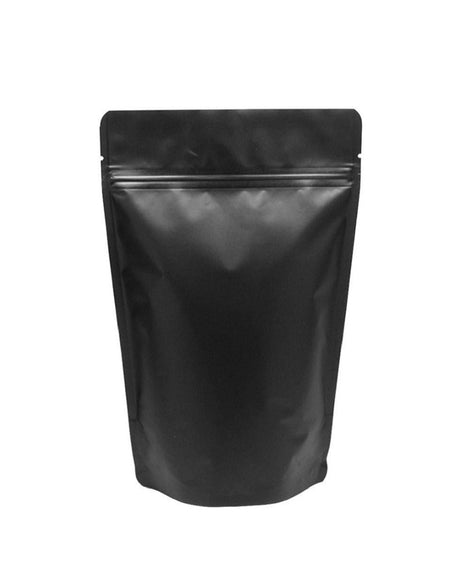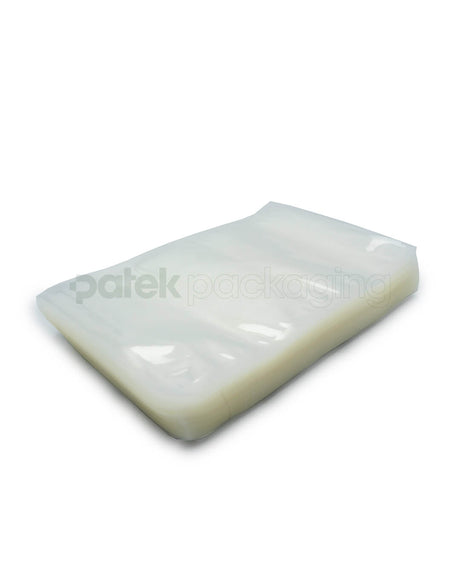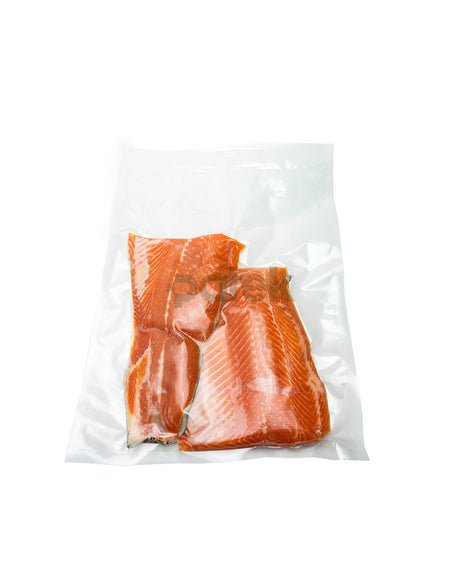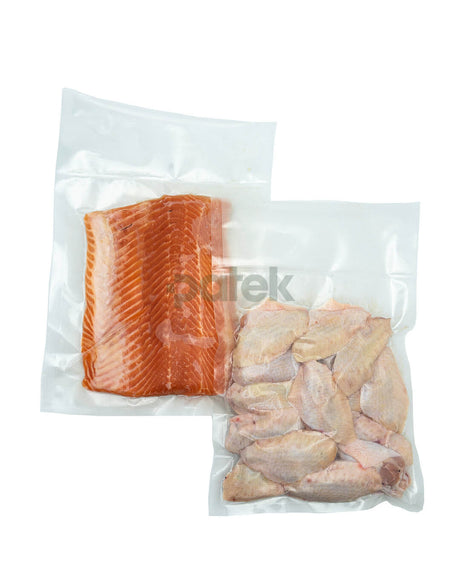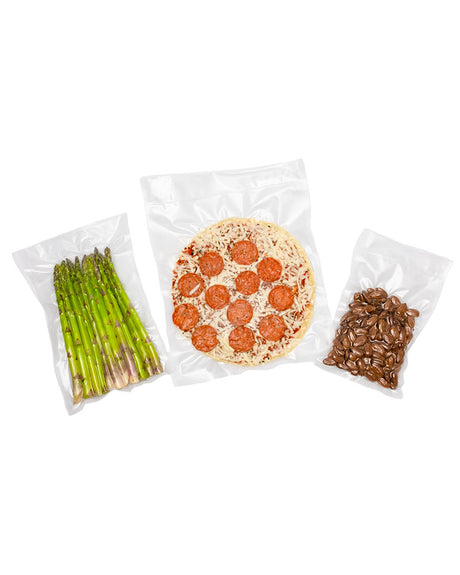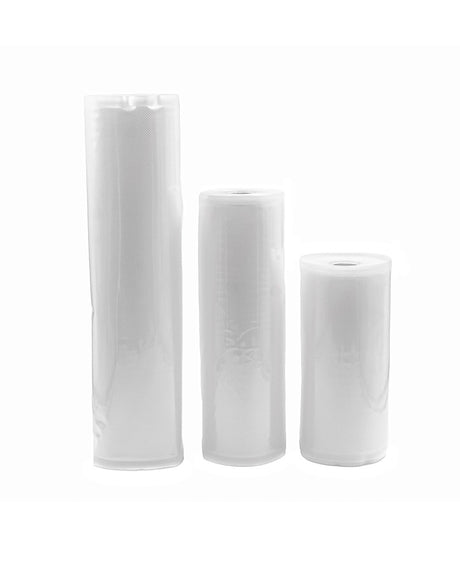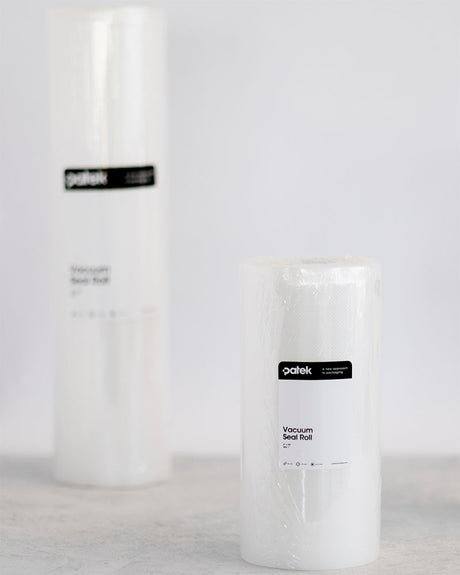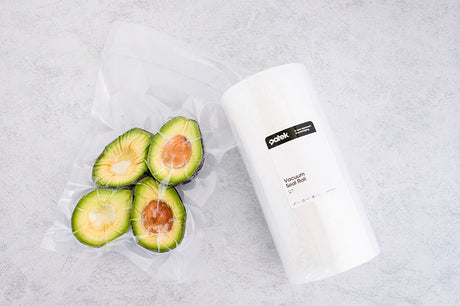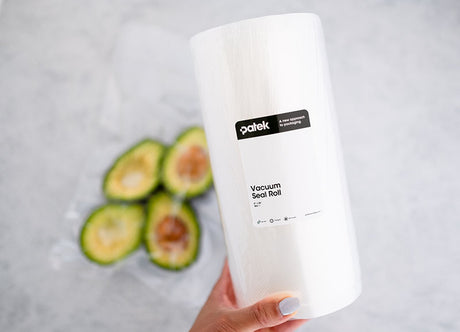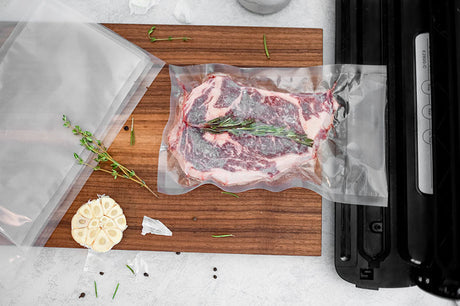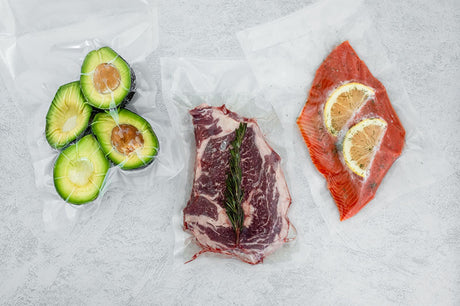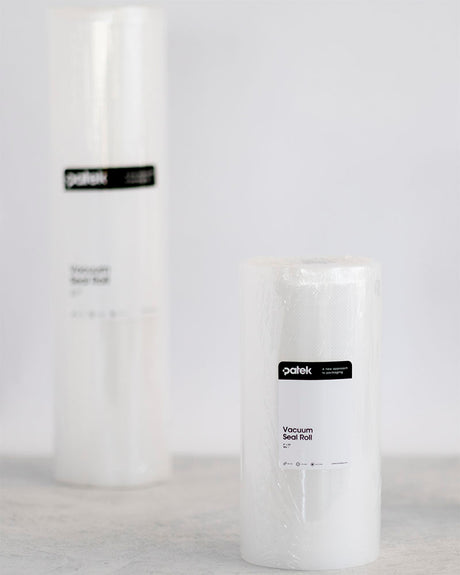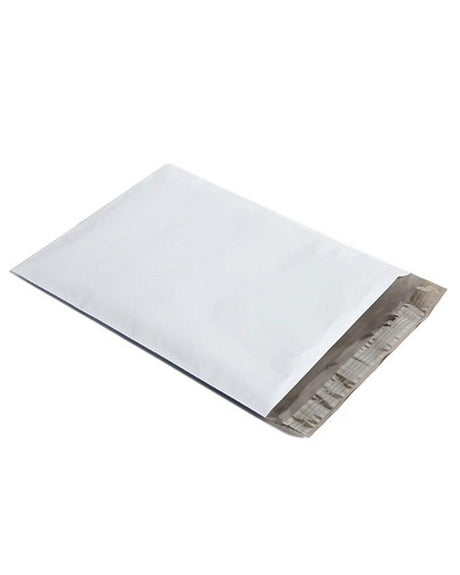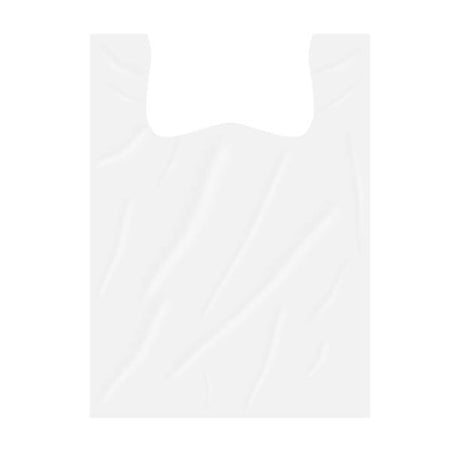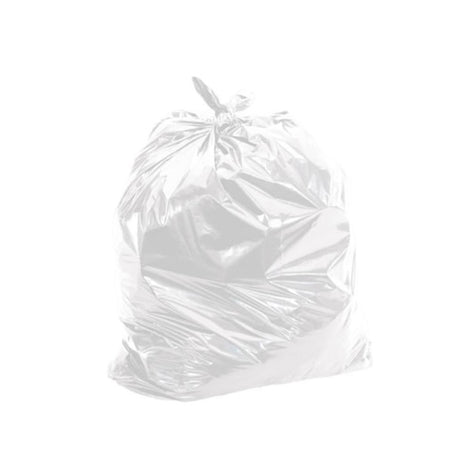Glossy Stand-Up Foil Pouches - White/Clear
Regular price From $9.88 CADUnit price /UnavailableMatte Stand-Up Foil Pouches - White/Clear
Regular price From $9.88 CADUnit price /UnavailableGlossy Stand-Up Foil Pouches - Glossy Black/Clear
Regular price From $13.50 CADUnit price /UnavailableMatte Stand-Up Foil Pouches - Black/Frosted Clear
Regular price From $9.88 CADUnit price /Unavailable- Regular price From $19.00 CADUnit price /Unavailable
- Up to 70% offRegular price From $19.95 CADUnit price /Unavailable
- Regular price From $10.30 CADUnit price /Unavailable
- Regular price From $54.95 CADUnit price /Unavailable
42x48" Strong Clear Garbage Bag - 100 Pcs
Regular price $45.95 CADUnit price /Unavailable26x36" Strong Clear Garbage Bag - 200 Pcs
Regular price $48.95 CADUnit price /Unavailable35x50" Strong Clear Garbage Bag - 125 Pcs
Regular price $48.95 CADUnit price /Unavailable35x50" X-Strong Clear Garbage Bag - 100 Pcs
Regular price $48.95 CADUnit price /Unavailable30x38" X-Strong Clear Garbage Bag - 125 Pcs
Regular price $48.95 CADUnit price /Unavailable22x24" Regular Clear Garbage Bag - 500 Pcs
Regular price $46.95 CADUnit price /Unavailable

